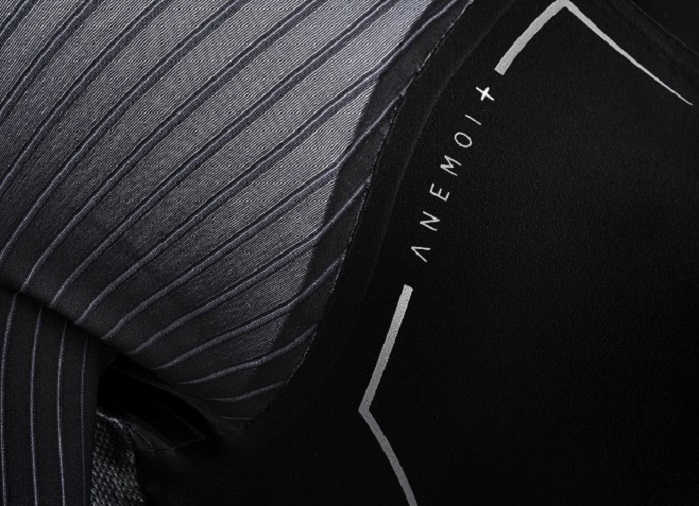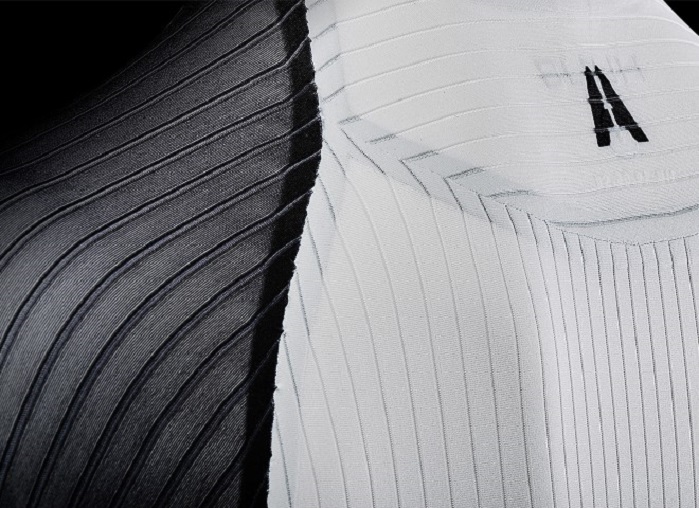
Devan and HUUB announce partnership
Huub has collaborated with textile innovator Devan Chemicals to bring more performance-enhancing technology to its triathlon and cycling racewear.

14th October 2019
Innovation in Textiles
|
Ronse

The companies have been working on a project around Moov&Cool. © Huub/Devan Chemicals
Huub has collaborated with textile innovator Devan Chemicals to bring more performance-enhancing technology to its triathlon and cycling racewear. The two companies have been working on a long-term project around Moov&Cool, which has resulted in improvements to athlete performance. The cool comfort coating has a positive impact on core body temperature, as well as on heart rate, which could lead to a significant improvement in race-day performance and faster finish times.
Moov&Cool is Huub’s exclusive formulation for triathlon that will be applied to the brand’s top-end racewear, starting with Anemoi+ to be launched following the iconic Ironman World Champs in Kona.
David McNamee, the most successful British male Kona athlete, has been involved in the testing process of the original Anemoi Tri Suit from its conception. He will be racing the Ironman World Champs wearing the new Anemoi+ which not only offers improved aero benefits - it will also benefit his performance and comfort on race day thanks to the Moov&Cool coating.
Like all Huub products, Moov&Cool has been tested and proven to deliver both performance and speed enhancing results, according to the company. The cooling effect of this multisport formulation is designed to help evaporate sweat during exercise in a balanced way and cool you down. When sweat is evaporated, heat will be drawn from the body to cool you down, which will help to prevent you from overheating and slowing down.

Moov&Cool is Huub’s exclusive formulation for triathlon that will be applied to the brand’s top-end racewear. © Huub/Devan Chemicals
The Moov&Cool technology contains a continuous heat absorption capacity that can assist in the heat withdrawal process. This heat absorption capacity also continues to work in wet environments, so it is ideal for triathlon and cycling.
“Competing in triathlons in hot and humid conditions is often challenging due to the additional environmental stress placed on the athlete. When you compete in a triathlon, you produce heat as a result of the increase in metabolic rate required to meet the elevated energy demand due to swimming, cycling, and running,” concluded Dr Faulkner, Head of Sports Engineering at Nottingham Trent University.
“This heat needs to be removed from the body, as if too much heat builds up inside your body, it can have a dramatic effect on your performance. At the very least it will cause you to feel uncomfortable and to slow down, or worse; think of Jonny Brownlee, who collapsed from dehydration at the end of the World Triathlon Series race in Cozumel in 2016. In races that are frequently very hot, such as Ironman Hawaii and races in Asia, optimising your heat tolerance is critical to performance. Most people will know about the impact of acclimatising to the heat before race day. Still, one often overlooked component is an athlete's clothing and the technology within that fabric that can help to keep you cool.”

Business intelligence for the fibre, textiles and apparel industries: technologies, innovations, markets, investments, trade policy, sourcing, strategy...
Find out more